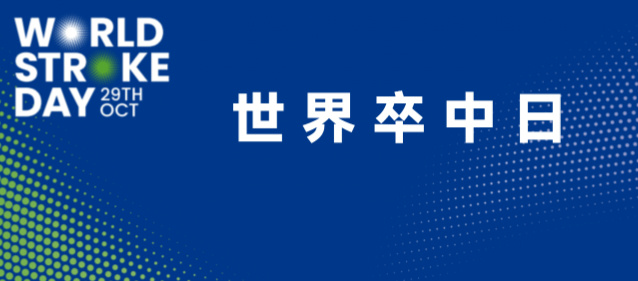通过心血管MR进行定量的细胞外基质的扩张和短期死亡率之间的关系
通过心血管MR进行定量的细胞外基质的扩张和短期死亡率之间的关系
Association Between Extracellular Matrix Expansion Quantified by Cardiovascular Magnetic Resonance and Short-Term Mortality
Timothy C. Wong, MD; Kayla Piehler, BS; Christopher G. Meier, BS; Stephen M. Testa, BS; Amanda M. Klock, BS; Ali A. Aneizi; Jonathan Shakesprere; Peter Kellman, PhD; Sanjeev G. Shroff, PhD; David S. Schwartzman, MD; Suresh R. Mulukutla, MD; Marc A. Simon, MD, MS;
Erik B. Schelbert, MD, MS
Circulation. 2012; 126: 1206-1216
Abstract
Background—Extracellular matrix expansion may be a fundamental feature of adverse myocardial remodeling, it appears to be treatable, and its measurement may improve risk stratification. Yet, the relationship between mortality and extracellular matrix is not clear because of difficulties with its measurement. To assess its relationship with outcomes, we used novel, validated cardiovascular magnetic resonance techniques to quantify the full spectrum of extracellular matrix expansion not readily detectable by conventional cardiovascular magnetic resonance.
Methods and Results—We recruited 793 consecutive patients at the time of cardiovascular magnetic resonance without amyloidosis or hypertrophic cardiomyopathy as well as 9 healthy volunteers (ages 20–50 years). We measured the extracellular volume fraction (ECV) to quantify the extracellular matrix expansion in myocardium without myocardial infarction. ECV uses gadolinium contrast as an extracellular space marker based on T1 measures of blood and myocardium pre— and post–gadolinium contrast and hematocrit measurement. In volunteers, ECV ranged from 21.7% to 26.2%, but in patients it ranged from 21.0% to 45.8%, indicating considerable burden. There were 39 deaths over a median follow-up of 0.8 years (interquartile range 0.5–1.2 years), and 43 individuals who experienced the composite end point of death/cardiac transplant/left ventricular assist device implantation. In Cox regression models, ECV related to all-cause mortality and the composite end point (hazard ratio, 1.55; 95% confidence interval, 1.27–1.88 and hazard ratio, 1.48; 95% confidence interval, 1.23–1.78, respectively, for every 3% increase in ECV), adjusting for age, left ventricular ejection fraction, and myocardial infarction size.
Conclusions—ECV measures of extracellular matrix expansion may predict mortality as well as other composite end points (death/cardiac transplant/left ventricular assist device implantation).



.jpg)


